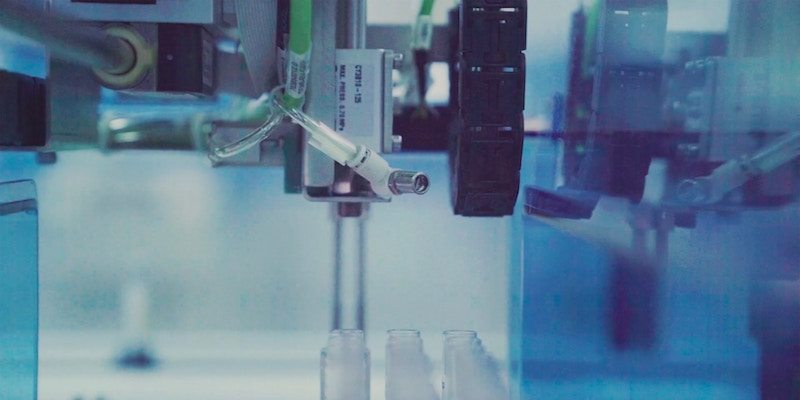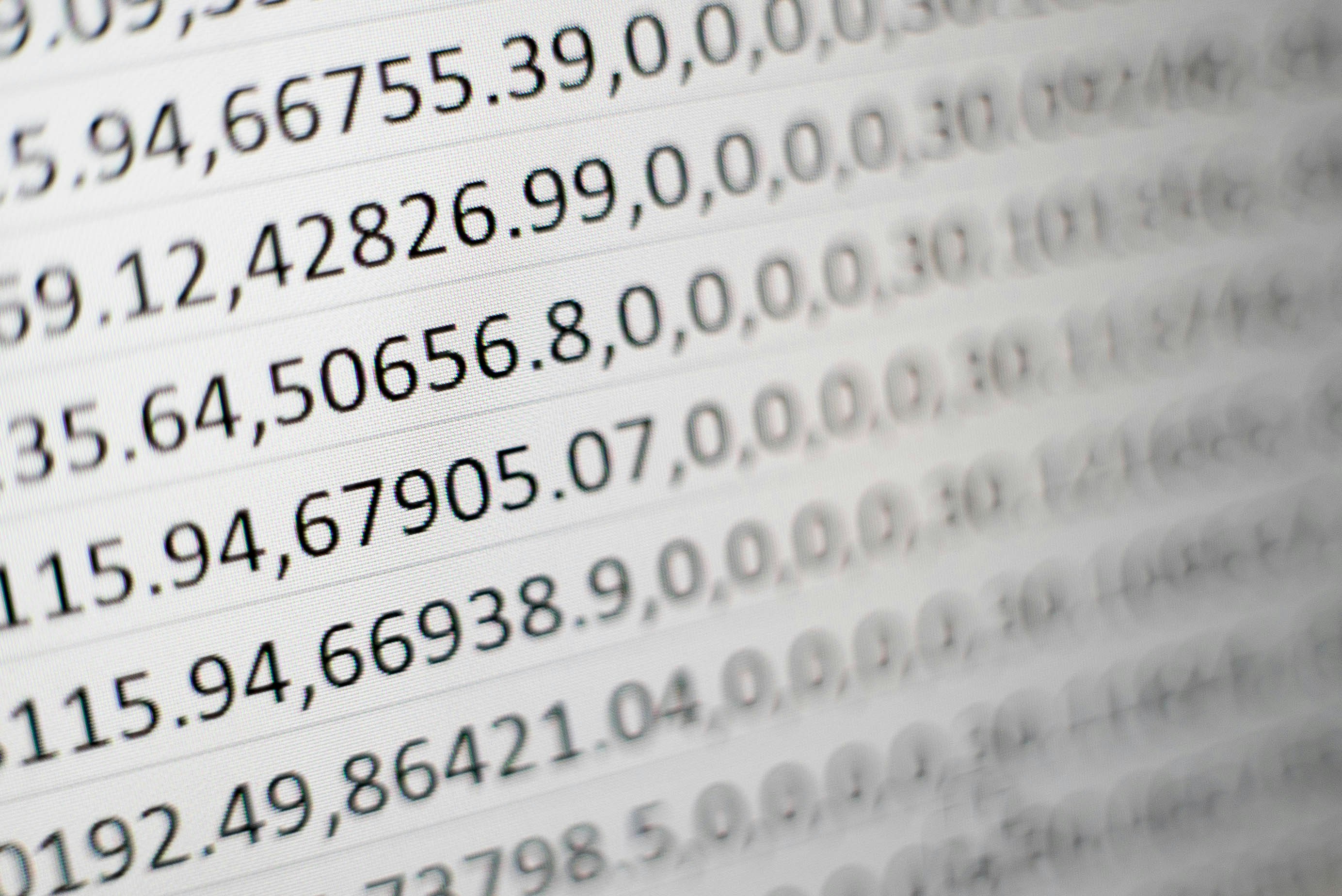As a scientist and/or researcher, managing laboratory inventory can be challenging and time-consuming. Keeping track of samples, reagents, and equipment can be overwhelming, and it's crucial to have an efficient system in place to ensure everything is organized and accounted for. In this blog post, we'll provide a comprehensive guide to managing laboratory inventory efficiently.
5 Essential Steps to Effectively Manage and Track Your Laboratory Inventory
- Conduct an inventory audit: The first step to managing laboratory inventory is to conduct an inventory audit. This involves taking stock of all the materials and equipment in the lab and determining what needs to be ordered or replaced. It's essential to record everything accurately and categorize them into groups, such as chemicals, consumables, and equipment. This will help you to identify which items need to be restocked regularly and which ones have longer shelf lives.
- Set up an inventory management system: Once you have conducted an inventory audit, the next step is to set up an inventory management system. Various options are available, such as spreadsheets, laboratory information management systems (LIMS), and specialized inventory software. The system should allow you to track the usage and location of items, set alerts for low stock levels, and generate reports to help with ordering and budgeting.
- Label everything: Labeling everything is critical to avoid confusion and ensure that items are used correctly. Each item should have a unique identifier, such as a barcode or serial number, and a label indicating its name, concentration, expiration date, and other relevant information. Labeling also makes it easier to find and retrieve items quickly. Inventory systems should help this, with barcode / QR code printing, automatic naming and labeling.
- Implement a first-in, first-out (FIFO) system: A FIFO system ensures that the oldest items are used first to prevent expiry or waste. When ordering new materials, it's essential to place them at the back of the storage area so the older items are used first. This also helps to identify any expired items that need to be disposed of.
- Monitor usage and reordering: Regularly monitoring the usage of items will help you to identify which items need to be reordered and when. It's essential to set up alerts for low stock levels and create a schedule for ordering materials. This will ensure you always have enough supplies and prevent delays in experiments or projects. Make sure that the inventory system you pick has mechanisms to alert you when supplies are low, and provides forms to assist users in procuring new materials.
Overall, managing laboratory inventory can be a challenging task, but with an efficient inventory management system in place, it can be a lot easier. Conducting an inventory audit, setting up an inventory management system, labeling everything, implementing a FIFO system, and monitoring usage and reordering are all essential to efficient laboratory inventory management. While following these tips can save time, reduce waste, and ensure your lab runs smoothly, many R&D organizations have begun implementing software specifically designed to automate and streamline the process of Laboratory inventory management and tracking.
Uncountable's End-to-End Laboratory Information and Inventory Tracking Solution
Uncountable provides an end-to-end Laboratory Information Management System (LIMS) equipped with Laboratory Inventory Tracking and Management capabilities including:
- Inventory tracking and management system
- Sample assignment to hierarchical location structures
- Auto decrement inventory
- Robust barcoding - creation, printing, and scanning
- Intermediate product generation and consumption
- Chemical ingredient attribute database
- Separate, designated inventories for different labs and facilities
- Equipment usage system – calendar and scheduling
- And more
To learn more about Uncountable’s robust set of Laboratory Inventory and Tracking capabilities, book your free, personalized demo of our platform today!








